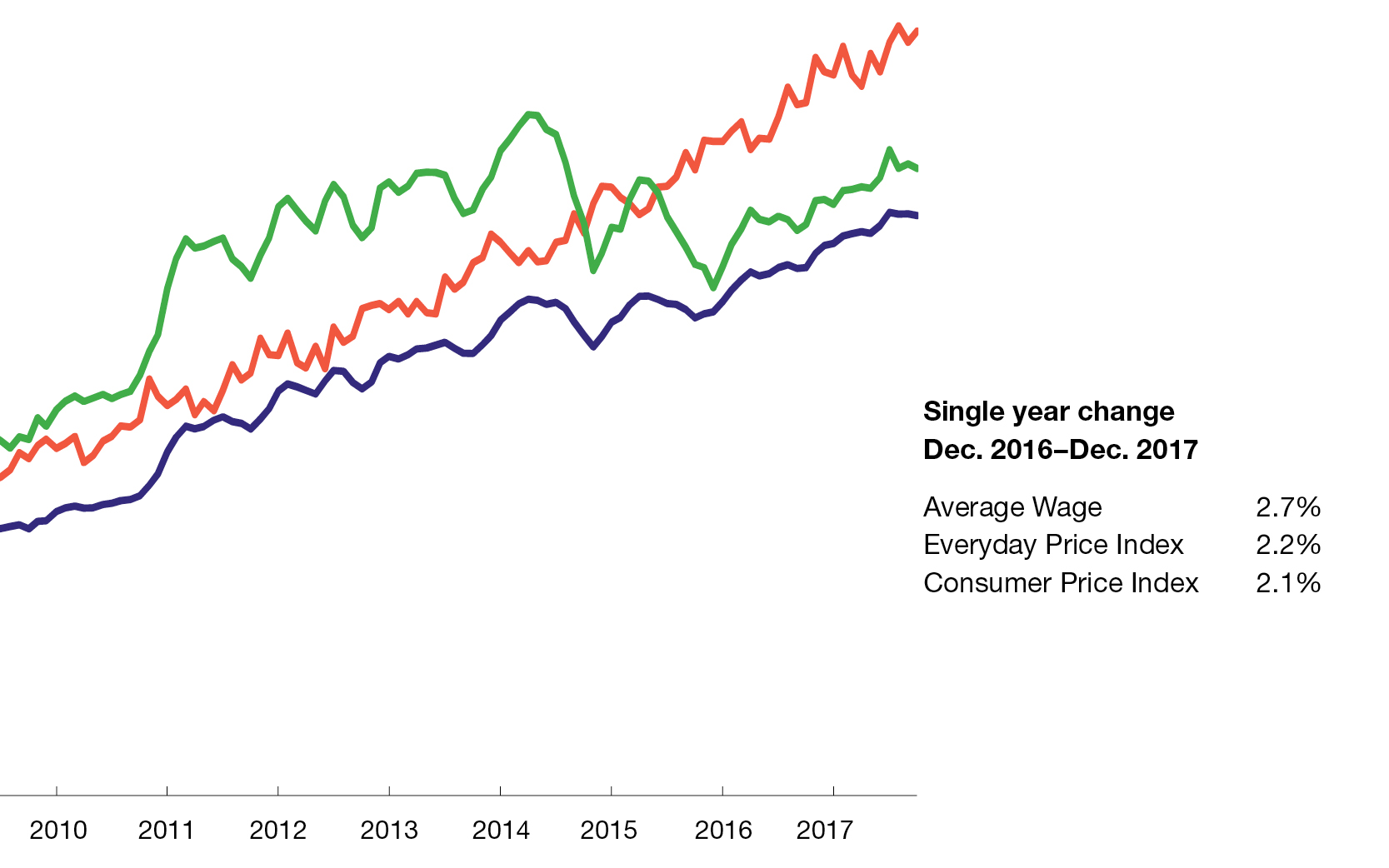National Flood Insurance Is a Disaster

Viewing the heartbreaking damage wrought by Hurricane Harvey, the last thing we should want is for people to be encouraged to live where hurricanes and floods are common. Yet the government has been doing just that for decades. Fortunately, that policy is now being questioned. “How Federal Flood Insurance Puts Homes at Risk,” a New York Times editorial declared.
The voluntary National Flood Insurance Program began in 1968. It (along with special congressional appropriations) pays people whose houses are damaged by flooding. Congress set it up for the worst possible reason: private insurers either refused to write policies in flood-prone areas or charged premiums few people could pay. Good economists have long taught that ignoring market price signals is foolish. Here is a good example.
Prices convey information about supply, demand, and expectations and, as F.A. Hayek pointed out, enable us to economize on the knowledge required for rational activity and coordination with others. No other arrangement accomplishes this feat, because the essential knowledge is not easily accessible objective data.
In his classic paper “The Use of Knowledge in Society” (1945), Hayek wrote:
Assume that somewhere in the world a new opportunity for the use of some raw material, say, tin, has arisen, or that one of the sources of supply of tin has been eliminated. It does not matter for our purpose — and it is very significant that it does not matter — which of these two causes has made tin more scarce. All that the users of tin need to know is that some of the tin they used to consume is now more profitably employed elsewhere and that, in consequence, they must economize tin. There is no need for the great majority of them even to know where the more urgent need has arisen, or in favor of what other needs they ought to husband the supply. If only some of them know directly of the new demand, and switch resources over to it, and if the people who are aware of the new gap thus created in turn fill it from still other sources, the effect will rapidly spread throughout the whole economic system and influence not only all the uses of tin but also those of its substitutes and the substitutes of these substitutes, the supply of all the things made of tin, and their substitutes, and so on; and all this without the great majority of those instrumental in bringing about these substitutions knowing anything at all about the original cause of these changes.
This is why the market-generated price system is analogized to a social brain that is greater than the sum of its parts. It lets us achieve living standards that would otherwise be impossible.
The application to flood insurance should be obvious. Insurers in a competitive market have a keen interest in acquiring the best information about floodplains and setting premiums to reflect the actual risk. Otherwise they could lose capital that could be better employed elsewhere. If private insurers won’t write policies in flood-prone areas, or they demand prohibitively high premiums, they are saying something important. Ignoring their judgment is foolish.
A government insurance program, in contrast, operates differently. First, bureaucrats do not risk their own capital: their program is protected by the taxpayers. Second, bureaucrats do not operate competitively: the government is a monopoly. The market delivers good information because prices are generated from many points rivalrously. The information it produces cannot be obtained any other way.
Unsurprisingly, the NFIP is $25 billion in debt, and Congress has forgiven previous debts. The bureaucrats once insisted their insurance premiums were actuarially sound while also claiming private insurers could not operate profitably. But the bureaucrats can’t have it both ways. As I wrote in 1993, “If NFIP charges actuarial rates, the program is superfluous. If it doesn’t, it is self-defeating.” In fact, the premiums are not actuarially sound, and the benefits are subsidies provided by people who don’t live in risky areas. Thus people living on floodplains do not make decisions in light of the full costs of their alternatives.
The NFIP also illustrates a lesson taught by the public choice school of economics. Politicians are likely to see opportunities to advance their careers by prominently bestowing benefits on well-defined interest groups at the expense of the unwitting general population. The advantage to any one beneficiary is large and visible, while the expense for any one cost bearer is small and barely noticeable. In such circumstances politicians face an irresistible temptation to vote for a program. Voting “yea” will win favor with interest groups, in this case the construction and real estate sectors among others, but will not provoke the ire of the mass of taxpayers, who have many other concerns and don’t come naturally to the economic way of thinking. Voting “nay,” on the other hand, risks alienating powerful constituencies without winning an offsetting bloc of voters. This accounts for much of the growth of government. It also enables politicians to make their own self-interest look like the public interest.
The government program not only encourages people at the margin to move to flood-prone areas, increasing the damage from storms; it also pays them to rebuild after disasters. “FEMA data indicates that from 1978 through 2015, 3.8 percent of policyholders have filed for repetitive losses, accounting for a disproportionate 35.5 percent of flood loss claims and 30.5 percent of claim payments,” Kevin Starbuck writes in “Moral Hazard: How the National Flood Insurance Program Is Limiting Risk Reduction.” He goes on to write, “FEMA estimates that 90 percent of repetitive loss properties receive… grandfathered subsidies. Moreover, NFIP policies specifically prevent FEMA from refusing coverage to any policyholder, and FEMA cannot compel property owners to mitigate losses or impose actuarial rates on repetitive loss properties as a penalty.”
Past congressional attempts to reform the program were largely reversed under predictable political pressure. The NFIP occasionally pays lip service to requiring policyholders to undertake flood-mitigation actions but has not followed through. Yet if it had, that would have amounted to land-use regulation in violation of property rights.
When will we learn that good intentions are not enough? The NFIP expires Sept. 30, so it’s a good time to fully replace the static, stagnant bureaucracy with dynamic, innovative entrepreneurship.







